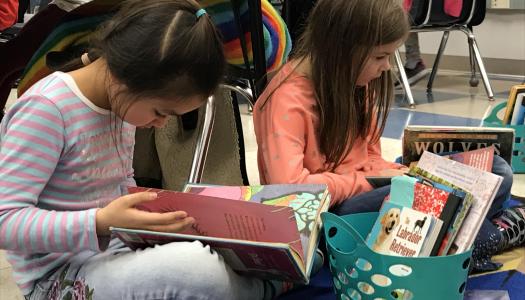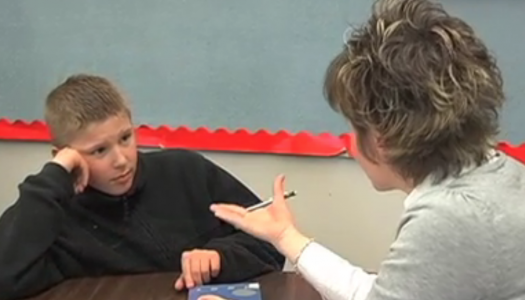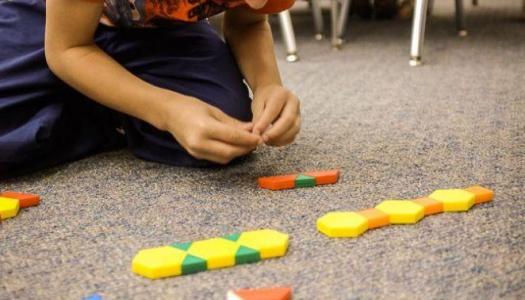The Art of Feedback: Providing Specific, Actionable Insights

Join Our Community
Access this resource now. Get up to three resources every month for free.
Choose from thousands of articles, lessons, guides, videos, and printables.
Feedback is one of the most powerful tools we have as educators. When done right, it can inspire students, guide them toward improvement, and build their confidence. But let’s be honest—giving effective feedback is easier said than done. Too vague, and it’s meaningless. Too critical, and it can shut students down. So how can we master the art of feedback to truly make a difference?
Here’s the secret: Feedback needs to be timely, constructive, specific, and actionable. It’s not about handing out praise or criticism but about providing clear guidance that helps students grow. Let’s break it down and explore strategies you can use right away.
Why Feedback Matters
Imagine trying to play a sport without a coach telling you what you’re doing well or how to improve. Learning is no different. Students thrive when they know what’s working and what needs adjustment. The key is to focus on growth, not perfection. Feedback should leave students thinking, “I know exactly what to do next.”
The Dos and Don’ts of Effective Feedback
DO be specific.
- Avoid vague comments like “Good job” or “Needs work.” Instead, say:
- “I noticed you used evidence from the text to support your argument. That’s excellent! To strengthen it even more, you could explain how the evidence connects to your main point.”
DON’T make it personal.
- Feedback should focus on the work, not the student. Avoid phrases like “You’re bad at this” or “Why can’t you get it?” Instead, try:
- “Your thesis statement is clear, but some of your supporting details could use more explanation. Let’s work on that together.”
DO make it timely.
- Feedback is most effective when it’s given shortly after the task. Waiting too long can make it feel irrelevant.
DON’T overwhelm.
- Focus on one or two key points rather than bombarding students with a laundry list of corrections.
How to Structure Feedback
Here’s a simple framework to follow:
1. What you noticed: Start with an observation about what the student did.
“I noticed that your group project had a clear division of tasks, which kept things organized.”
2. The impact: Explain the effect of their actions.
“As a result, your presentation was easy to follow and engaging for the audience.”
3. Next steps: Provide actionable advice for improvement.
“Next time, consider adding more visuals to help emphasize your main points.”
Practical Feedback Strategies
1. The Feedback Sandwich
- Start with something positive, offer constructive advice in the middle, and end with encouragement.
- Example: "Your introduction really grabs the reader’s attention. To make it even better, consider adding a clear thesis statement at the end. I can’t wait to see how your ideas come together in the next draft!”
2. Peer Feedback
- Get students involved in the feedback process. Teach them how to provide constructive comments to their peers. This not only builds their critical thinking skills but also fosters a collaborative learning environment.
- Use sentence stems like:
-
One thing I noticed in your work that was effective is _____."
-
"One thing you might consider adding or adjusting is _____."
-
3. Feedback Sticky Notes
- Leave short, specific comments on sticky notes during class activities or group work.
- Example: “Your diagram is clear and labeled well. Consider adding a key to make it even easier to understand.”
4. Feedback Conferences
- Schedule one-on-one or small group conferences to discuss feedback in person. This allows for clarification and deeper conversations about next steps.
5. Glow and Grow
- Have students reflect on their work by identifying:
- A “glow” (something they’re proud of).
- A “grow” (something they want to improve).
- Then, provide your own glow and grow to guide them further.
Encouraging Students to Use Feedback
Even the best feedback is wasted if students don’t act on it. Here’s how to help them make the most of it:
- Set aside time for revisions. Give students the opportunity to apply feedback before moving on.
- Model how to use feedback. Walk through examples of how feedback can transform a piece of work.
- Celebrate progress. Highlight improvements and acknowledge their hard work.
Feedback shows students that we see their potential and want to help them succeed. By keeping our feedback specific, actionable, and focused on growth, we can empower students to take charge of their learning and reach new heights.





